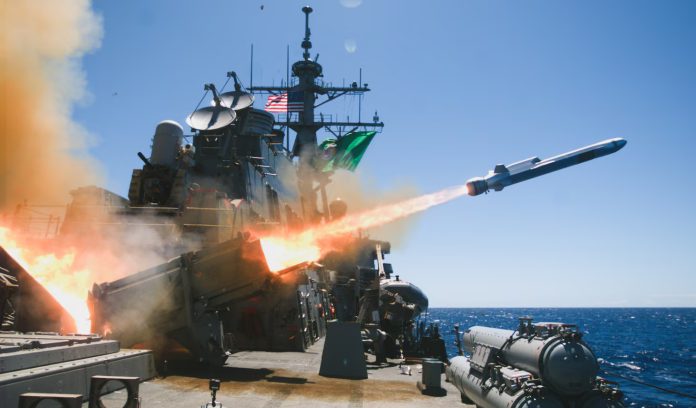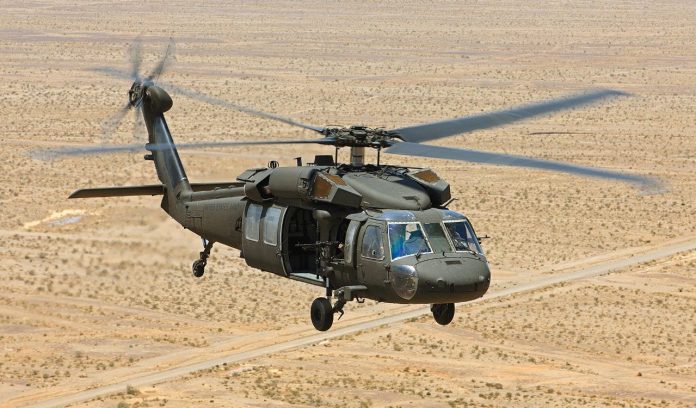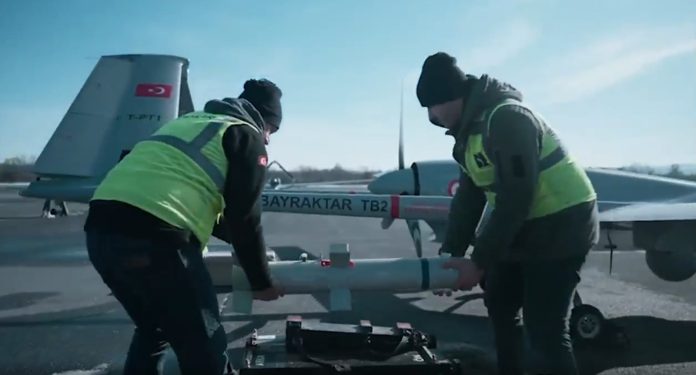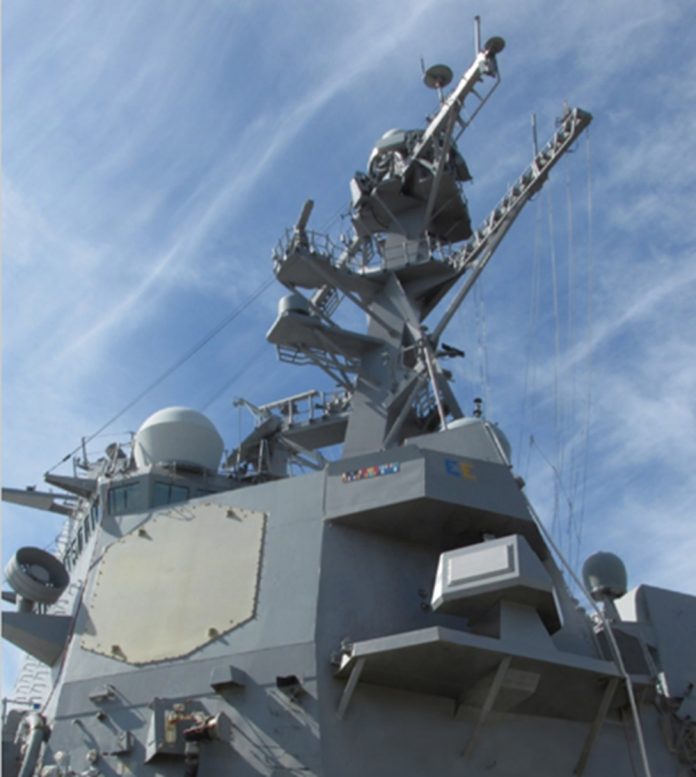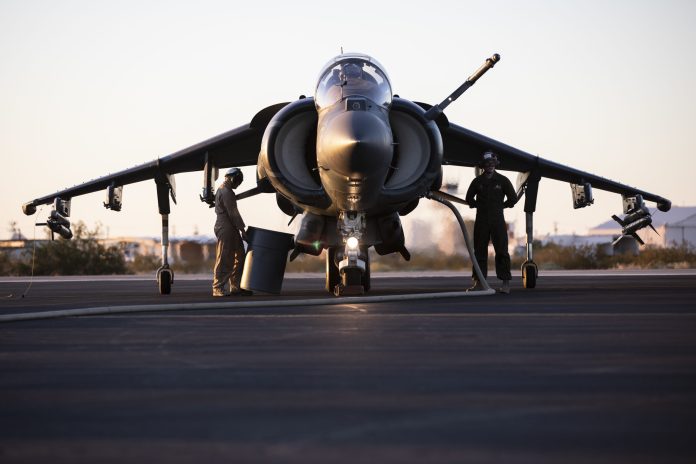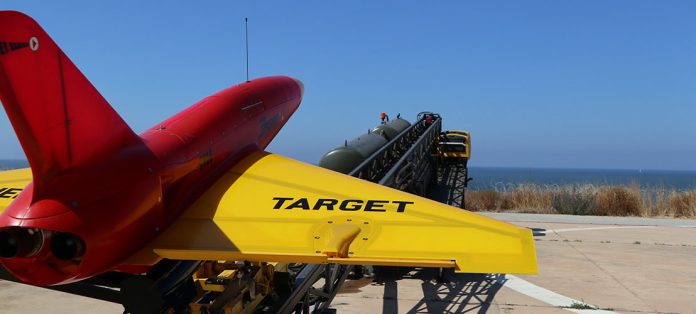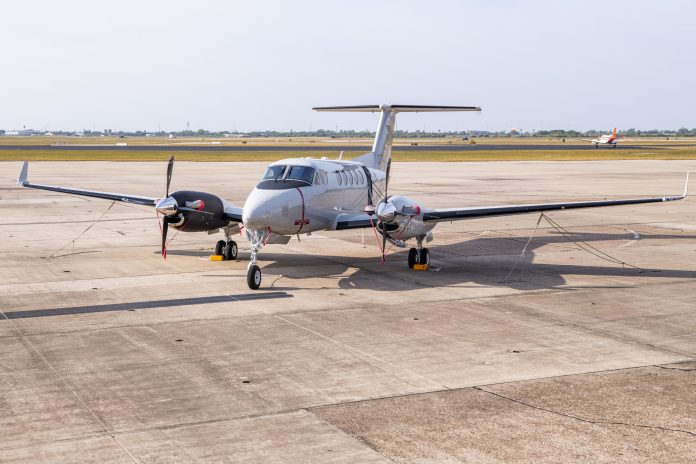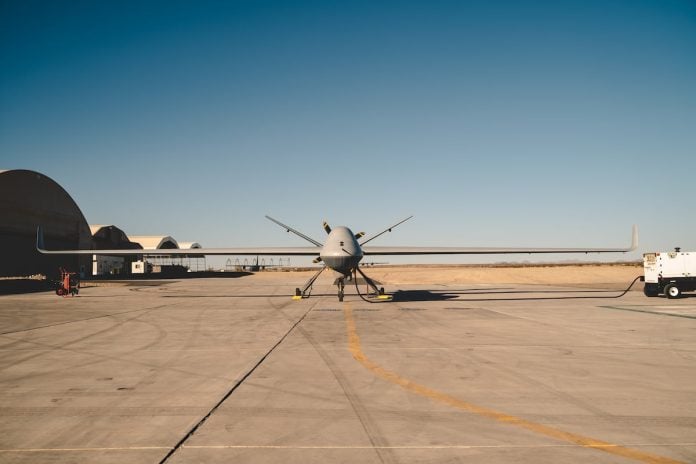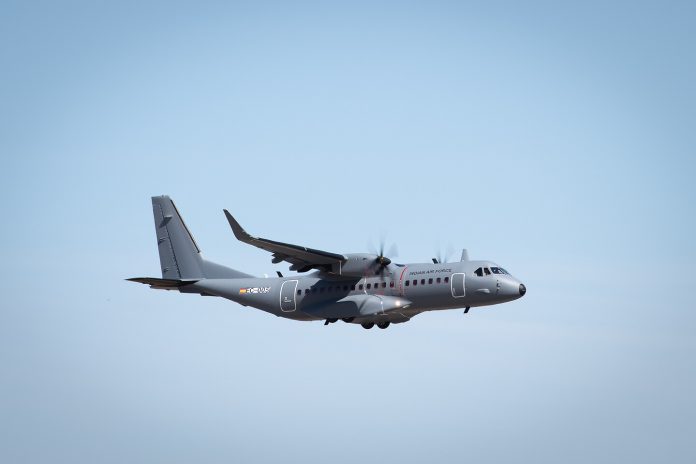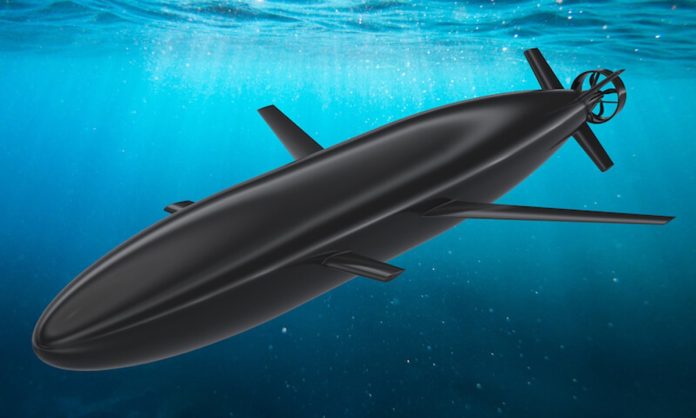US Navy Successfully Demonstrates Naval Strike Missile Launch from Destroyer in Historic First
In a groundbreaking demonstration, the US Navy has successfully fired a Naval Strike Missile (NSM) from a destroyer for the first time, marking a significant advancement in naval warfare capabilities. The Arleigh Burke-class destroyer USS Fitzgerald launched the missile towards a decommissioned ship approximately 50 nautical miles away as part of the Rim of the Pacific 2024 exercise in Hawaii on July 18.
The NSM boasts an impressive range of over 100 nautical miles (180 kilometers), showcasing the US Navy’s commitment to enhancing its precision strike capabilities at sea. The successful launch follows a rapid nine-month integration process of the Over-the-Horizon Weapon System (OTH-WS) onto the USS Fitzgerald, which involved replacing the existing Harpoon anti-ship missile system. Traditionally, such integrations take about two years, demonstrating the efficiency and expertise of the team involved.
Eric Romero, customer advocate for OTH-WS at the Naval Surface Warfare Center (NSWC) Port Hueneme Division, lauded the team’s dedication. "We knew we were working on an aggressive schedule, but we had all the right personnel on the team to make sure we were successful in executing it," he remarked.
The OTH-WS system installed on the USS Fitzgerald comprises an operator interface console, the NSM itself, and a missile launching system, complete with a navigation adapter for compatibility with the destroyer. The ship is equipped with two missile launchers, each capable of holding four missiles.
A collective effort of nearly 20 organizations facilitated this monumental integration, involving five program offices, four warfare centers, and a dozen external entities. Todd Jenkins, platform integration lead with NSWC PHD, expressed optimism amidst challenges, stating, “We were expecting a great deal of roadblocks due to the compressed timeline, but everyone came together to accomplish this monumental event.”
Developed by Kongsberg and Raytheon, the NSM features a stealthy design that integrates a GPS-assisted inertial navigation system and a passive imaging infrared seeker, rendering it immune to radio frequency electronic warfare jamming. In contrast to the older Harpoon system, which uses an active infrared seeker and can be jammed, the NSM employs composite materials to enhance its stealth, flying in a sea-skimming mode to evade radar detection.
The NSM has already been integrated into approximately a dozen Independence-class littoral combat ships over the last five years and will also be part of the future armament for the Constellation-class frigates.
This historic milestone underlines the US Navy’s commitment to modernizing its fleet and enhancing its operational readiness in today’s complex maritime environment.

